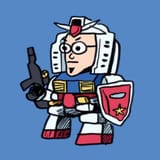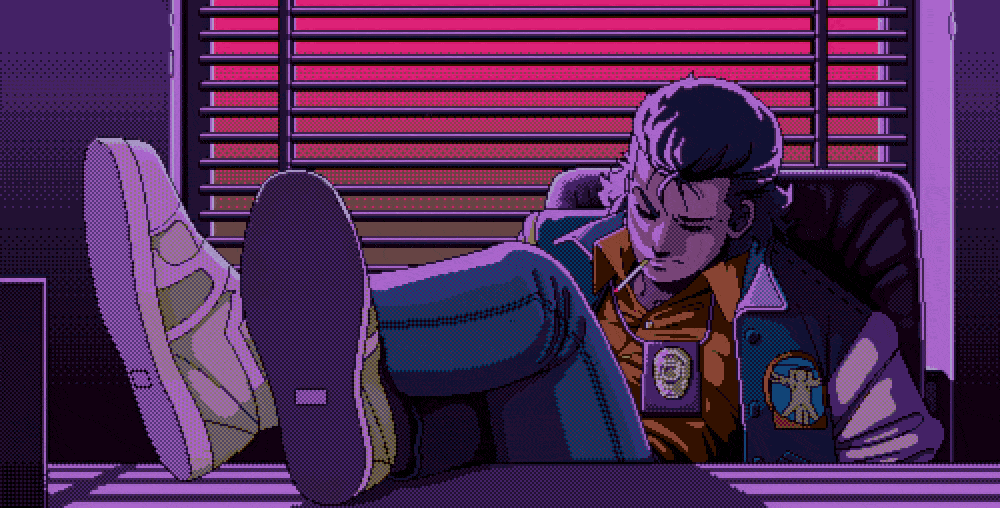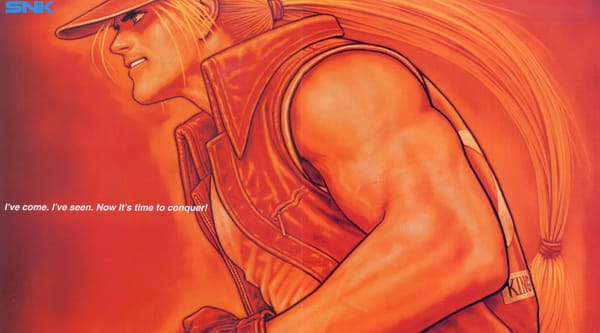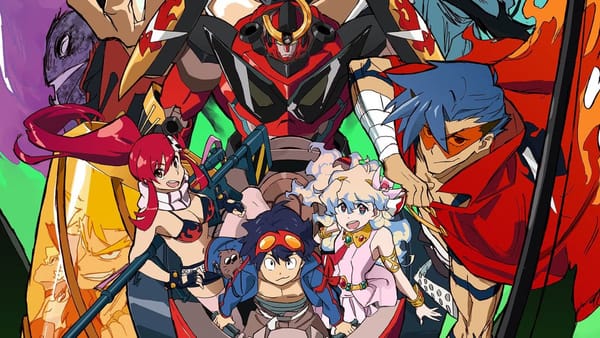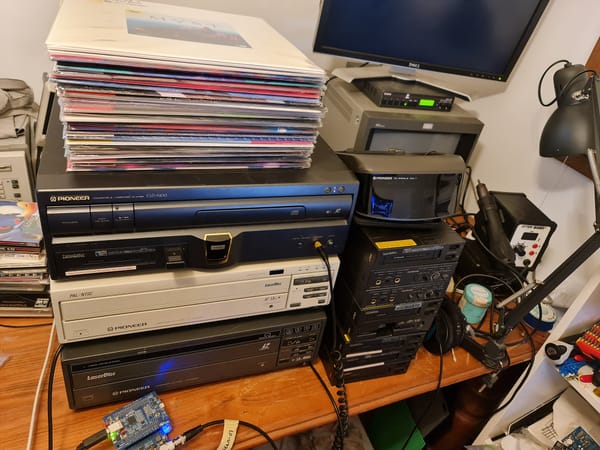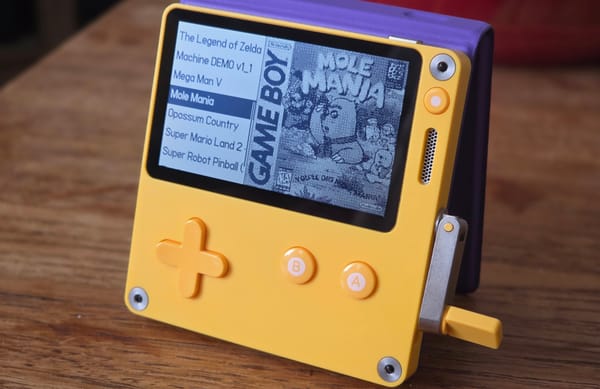The big Gundam game emulation special
Walking Gundam encyclopedia Tom Aznable takes us on a tour of 4 underrated Gundam greats from the '90s and 2000s.
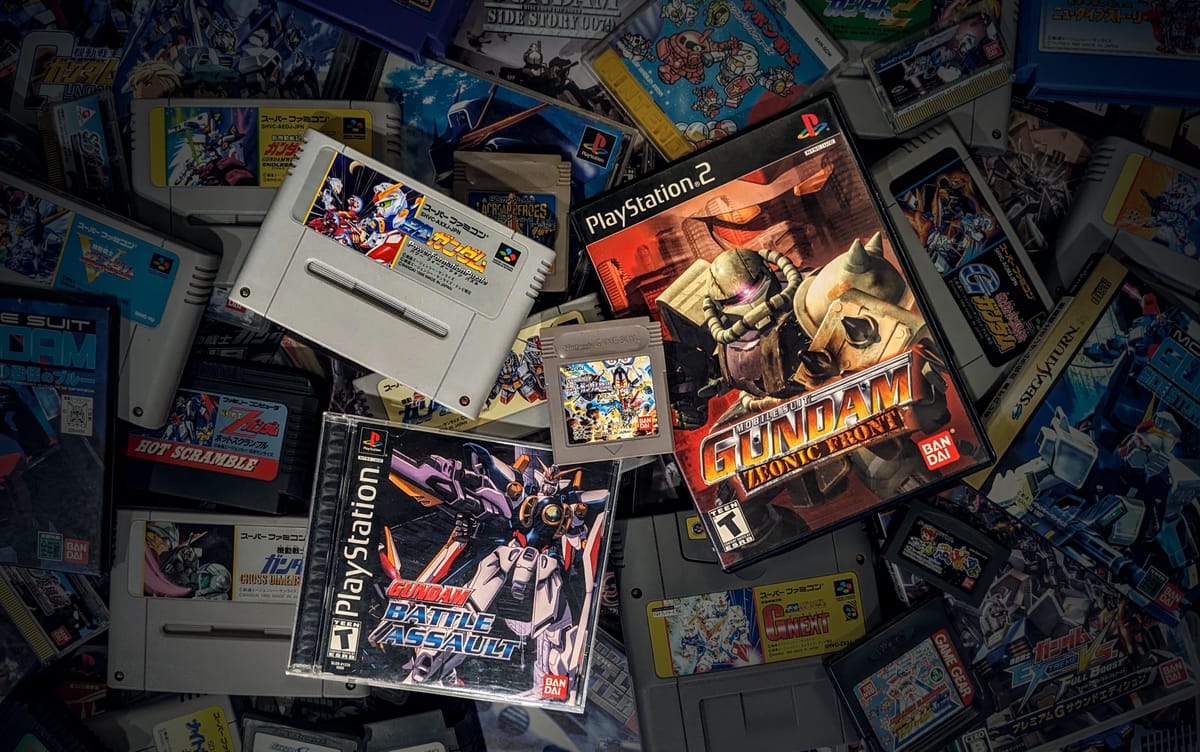
We interrupt your regularly scheduled emulation news to bring you this important announcement: GQUUUUUUX IS HERE. The first episode of the least-pronounceable Mobile Suit Gundam series ever debuted just a few days ago, kicking off a weekly broadcast (or whatever you call a streaming show on Amazon Prime) that will last for the next three months. What does this have to do with video games? Basically nothing! Unless Bandai Namco has some sneaky GQuuuuuuX DLC planned for the upcoming Super Robot Wars Y, the new series from Evangelion mastermind Hideaki Anno and FLCL mastermind Kazuya Tsurumaki is purely a TV affair for now, but seriously, what a combo.
If, like me, some core part of your being was brought into focus by watching those two shows as a teenager, the idea of them being let loose on Gundam is like, I don't know, Hideo Kojima making a Zelda game? Anyway, between the excitement of GQuuuuuuX being inbound and the recent fan translation of a Sega Saturn Gundam game, as featured in ROM in early March, I got it in my head to do a Gundam special. The timing couldn't be better: GQuuuuuuX is arriving 30 years after the debut of Gundam Wing and 25 years after the series landed on Cartoon Network and finally gave Gundam a foothold in the US. So I thought it'd be a lot of fun to devote an issue of ROM to highlighting some older, lesser-known, or never-translated Gundam games that are worth playing.
Only problem is I haven't played that many Gundam games, actually, despite loving Gundam for more than 20 years. But I know someone who has. Enter a special guest writer for this issue of ROM: the internet's Tom Aznable!
Tom's been researching/writing/posting/enthusing about Gundam for many years, with a sane, good-natured appreciation for big robots that is both insightful and inviting. I really mean that as a compliment: So often anime fandom veers into being too gatekeepy or delves into a level of obsession that makes me want to back slowly into a hedgerow, but Tom just posts cool trivia, cooler screenshots, and occasionally absolutely rad, deeply researched articles like this one:
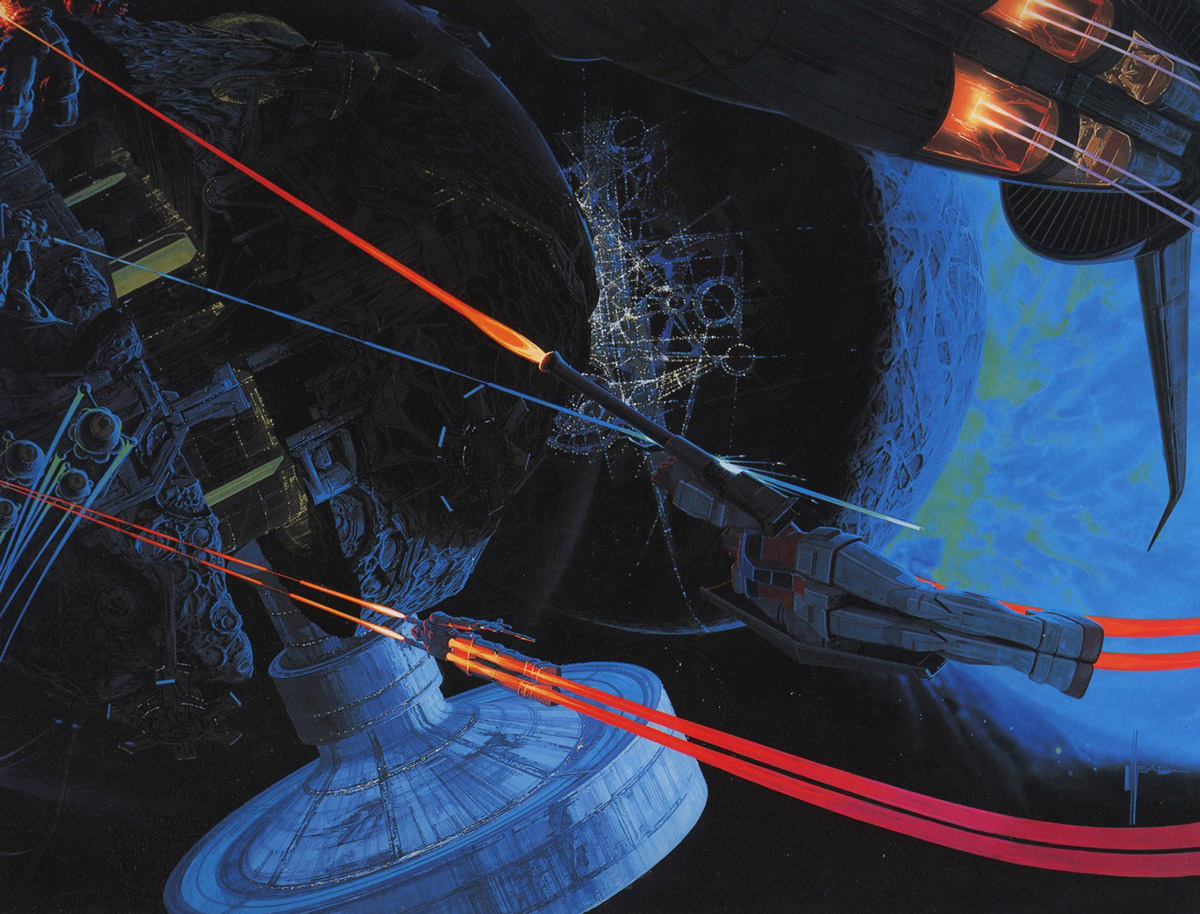
I asked Tom if he'd be up for writing about some Mobile Suit Gundam games for Read Only Memo, with the only real remit being they should be playable via emulation. There have been a lot of stinkers over the years, but few Tom wanted to recommend some of his favorites that aren't nearly as well-known as more obvious fan-favorites like Gundam Wing: Endless Duel. And conveniently for me, the timing worked out for Tom to stage this newsletter takeover while I'm on vacation traveling in the UK. So the rest of this issue is all Tom, other than some quick little notes from me at the end of each game's entry recommending how to emulate it.
Also, and this is important: All donations received for this issue go to Tom as a thank you for his time and knowledge, so if you like this issue, please kick at least 0079 cents his way!
And with that I'll let Tom take it away while I go off and stuff my face with a Full English. (Unfortunately I can't come up with a better joke while my brain's on vacation so that one's just going to have to do).
Gundam: Battle Assault (PSX)
Developed by: Natsume | Released on: November 6, 2000 | Best MS: Sazabi

The year is After Colony 19X. After the defeat of Treize Khushrenada by the five Gundam pilots, Wing Gundam pilot Heero Yuy embarks on a mop-up operation against those who would challenge the fragile new peace by clinging to their mobile weapons. For some reason though, these mobile suits don't resemble any seen in the recent conflicts Heero fought in, and their pilots are dropping unfamiliar terms like "Zeon" and "Newtype." Just what is going on here?
With the recent success of Gundam Wing on American television, the Gundam franchise had finally managed to land a significant beachhead into the West. Localized action figures and model kits could now flood every local Walmart and Toys 'R' Us! But satiating the gaming appetites of the eager new fans watching Wing on Toonami after school presented its own challenge: Gundam Wing was already a five-year-old show when it came to the US, and its most recent tie-in game, Endless Duel, had come out for the now-ancient Super Nintendo.
Now I am speculating on the rationale a bit here, but it turns out the same folks at Natsume responsible for the excellent Gundam Wing: Endless Duel fighting game made a spiritual sequel series of sorts for the Sony PlayStation: Gundam: The Battle Master. These games plucked mobile suits mostly from the classic Universal Century continuity and repurposed them in an original setting piloted by new characters, totally unrelated to anything established in the franchise. That doesn't exactly solve the problem of not having a Gundam Wing game ready to go, but at least the final boss of The Battle Master 2, Hydra Gundam, came from Wing's sidestory manga! And so, an impressively localized Battle Master 2 would land in the West as Gundam: Battle Assault.
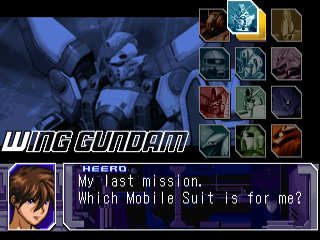
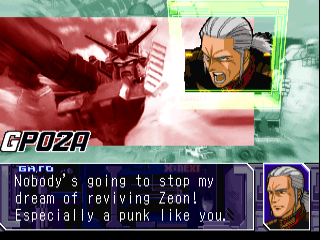
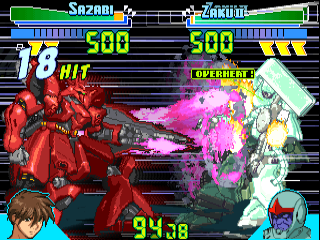
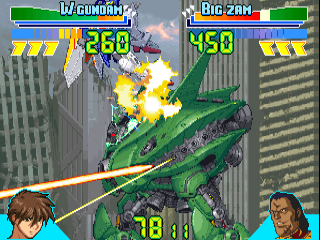
Beyond adding the familiar Heero Yuy and his Wing Gundam into the game, Battle Assault's localization acted as a taste of the larger Gundam franchise for a new generation of fans who really only knew Wing. And I should know, because I was one of them. Gone were Natsume's cast of original weirdos — the classic UC mobile suits were reunited with the iconic pilots they were known for, who even dropped bits of lore in dialogue. Even the Hydra Gundam's relatively obscure manga-only pilot Valdor Farkill was added in, one of the few After Colony era characters to appear. The printed manual gave background information on these characters and their mobile suits, and identified the specific Gundam anime they appeared in years before many of them got an official English release. If you ask me, this is in many ways an improvement on the original game's presentation, with only a couple of real downsides: the Wing Gundam was just a reskin of the Zeta Gundam with the same moveset, and they removed the Hamma Hamma from Gundam ZZ to add it in.
But enough historical context — how does it play? As 2D fighting games go, Gundam: Battle Assault does a great job of making a giant robot feel distinct from typical human-scaled characters. Movement conveys a good sense of weight that makes sense for each mobile suit, and stages are extra tall to accommodate swiftly boosting around with their thrusters. Each character is made up of multiple sprites, and repeated attacks on a body part can result in visible battle damage. Instead of a round system each fighter starts a match with three life bars, with a mobile suit being briefly knocked down when it "overheats" as a lifebar is fully depleted. Your primary quarter-circle ranged attack and supercombos are limited by ammunition, though other special moves are not constrained in this way. All characters also get an unblockable melee attack with a long wind-up (usually a beam saber), particularly helpful when you're fighting an opponent that keeps turtling up on you.
Game modes are limited to story and versus, and while I did praise the inclusion of classic Gundam characters earlier, in story mode Heero Yuy will be your pilot no matter which of the 12 playable mobile suits you choose. Gundam: The Battle Master 2 also worked this way, though you played as game-original character Gloria. The enemy MS you fight along the way will be somewhat random but in every run you will eventually fight three screen-filling boss mobile armors: the Big Zam, the Neue Ziel, and the game-original Psycho Gundam Mk-III. This isn't a terribly difficult game, but if you're going to be hit with any frustration it'll be from that hard-hitting, frequently blocking Psycho Gundam. All of the game's boss characters are unlockable for versus mode, along with some hidden mobile suits that will appear at random in story mode after satisfying certain conditions.
Gundam: Battle Assault did well enough that it kicked off its own series, released primarily for the franchise's newfound Western audience. Two years later Gundam: Battle Assault 2 arrived as a fairly late PlayStation release ahead of the Toonami airing of Mobile Fighter G Gundam, boasting new modes and an expanded roster of 30 playable MS from the upcoming show as well as the classic Universal Century and Gundam Wing: Endless Waltz. Of the two PlayStation entries the sequel is generally considered the better game by most, but the original Battle Assault still serves as a compelling snapshot of an odd time in the franchise's history. Also, Battle Assault 2 took out all the Z Gundam mobile suits for some reason, even though their data was actually still on the disc!
Emulate it on: DuckStation, MiSTer
I prefer playing PS1 games on DuckStation on my Steam Deck to any other solution these days — it's so good at cleaning up some of the console's funky issues with 3D, but crucially you don't have to play games that way if you prefer a purer, native res experience. DuckStation can give you that, too, with some great post-processing options and close-to-console settings for how the emulator replicates the disc drive, sprite filtering, and on and on. None of that is specific to Gundam: Battle Assault, but if you get into the sequel Battle Assault 2, DuckStation is absolutely the best way to play, because there's actually an online community that plays the game via the emulator's netplay (with rollback netcode!). – Wes
Shin SD Gundam Gaiden: Knight Gundam Monogatari (Game Boy)
Developed by: P Softhouse | Released on: September 9, 1994 | Best MS: Vice Gundam

The SD Gundam Gaiden games are known primarily as middling Dragon Quest clones, drawing directly from the franchise that inspired this chibi fantasy permutation of the Gundam franchise. So what sets Shin SD Gundam Gaiden apart? Why, this one is a middling Legend of Zelda clone — an action RPG! While you won't find anything close to the level of polish of a Link's Awakening here, Shin SD Gundam Gaiden is nonetheless a charming, if somewhat clunky effort. It's pretty linear as far as these types of games go — backtracking and sidequests are practically nonexistent, and you can always visit an altar for guidance if you forget what you're supposed to be doing.
Though the difficulty can be a little uneven early on, the game is pretty forgiving. The only consequences for dying are either being sent back to an inn or dungeon entrance and losing your XP for your current level in progress. Money is fairly trivial, and it's pretty easy to avoid grinding by stocking up on Carddass items, based on the card vending machines at the heart of SD Gundam Gaiden's merchandising. Probably the game's most novel element is its Machine Soldier (MS, get it?) boss fights, where our hero Zero Gundam summons his own giant robot to fight in a closed arena. Yes, by this point in the Gaiden saga the SD Gundams have swung back around to piloting their own Gundams.
Lack of a translation patch will mean that there is an unfortunate language barrier, but there are decent guides both on GameFAQs and Japanese sites if you lose your way, and the dialogue is simple enough that the Google Translate app does a decent job with it. I'd recommend checking this out via Super Game Boy if you can, as it boasts one of the better custom color enhancements I've seen, especially in the cutscenes!
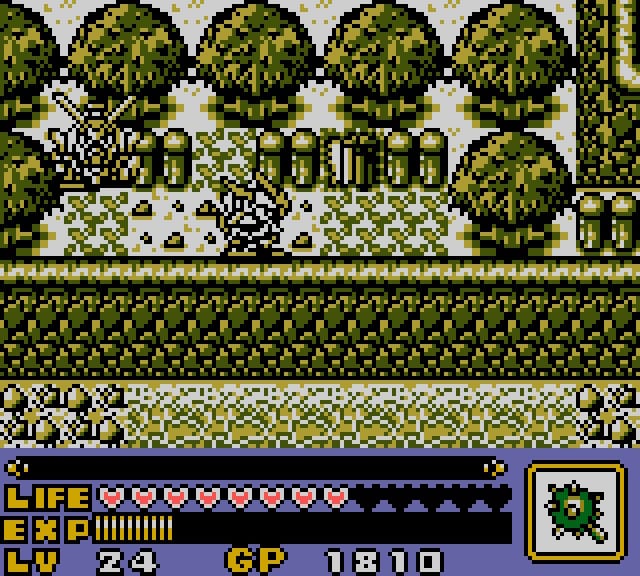
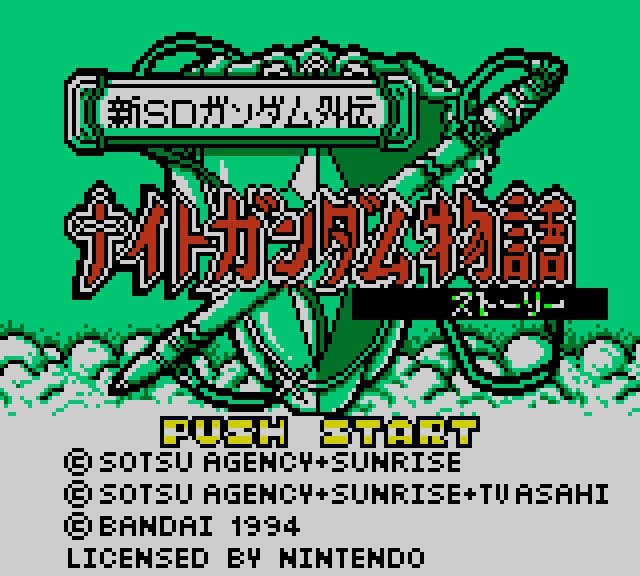
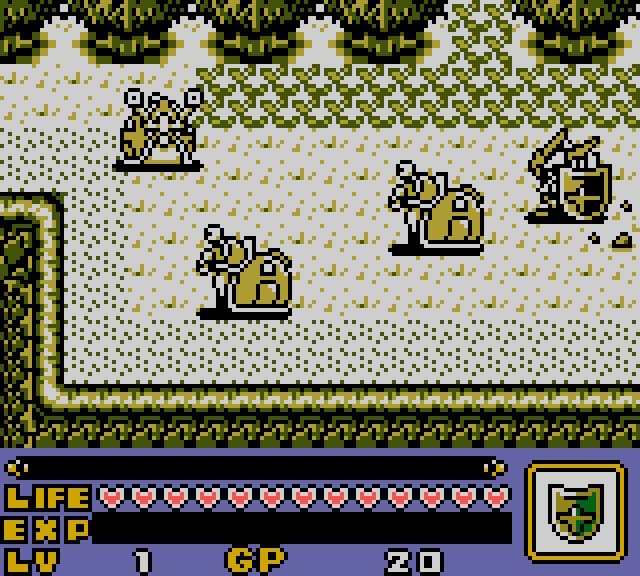
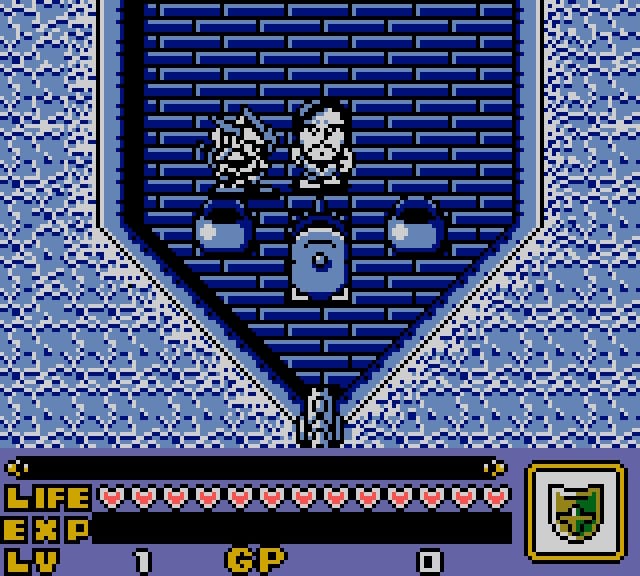
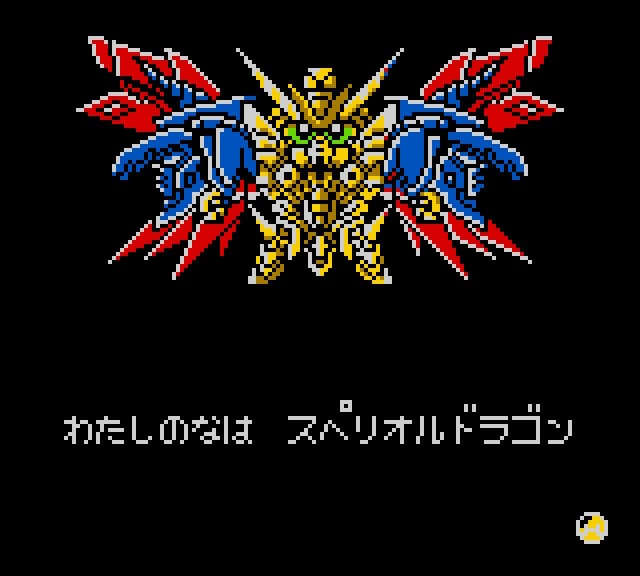
Emulate it on: BGB, Analogue Pocket
There are loads of Game Boy emulators out there, so I won't hold it against you for playing this one on mGBA or Ares or a MiSTer or anything else that'll play it! But in my opinion, that Super Game Boy aesthetic that Tom recommended shines brightest on an Analogue Pocket's beeeeeautiful screen. The next best thing, if you didn't shell out a questionable amount of money for that handheld, is BGB, a frankly microscopic Game Boy emulator that has nonetheless accrued a killer list of features over the years.
SD Gundam Power Formation Puzzle (SFC)
Developed by: Tom Create | Released on: January 26, 1996 | Best MS: Gundam Epyon

Among the Super Famicom’s many Gundam games, this may be the most underappreciated. But I can’t really say I blame anyone for bouncing off of it — this game makes no attempt to teach you how it works, and if you go in blind expecting Tetris or Puyo Puyo you will immediately be at a loss. Simply put, Power Formation Puzzle is a block-dropping versus puzzle game that punishes you for clearing blocks and setting up combos. This is war, and your side is going to need those precious blocks to build some mobile suits.
Individual blocks come in red, green, yellow, and blue. They’ll break and damage your health bar if you clear them, either by stacking four adjacent blocks of the same color or by grouping one of each together in a line. The object is instead to build up as many rows as possible, and then exchange those rows for a mobile suit to attack your opponent’s health with. The more rows you stack up, the more powerful the mobile suit, and you can choose to either attack immediately or stash your MS to deploy strategically later. Your attacking MS can be countered by ones deployed by your opponent, which depending on the difference in power will result in one of three outcomes: your attacker is weakened, both MS are destroyed, or your attacker is destroyed and your health damaged.
A lot of your attention will go into making sure you break up potential patterns of blocks, and there are few things as discouraging as a cascading combo that depletes your resources because you completed a diagonal line you hadn’t noticed. In addition to standard blocks, there are also P-blocks that activate a special ability if you group four together. These can take the form of a direct attack on your opponent’s health and blocks, a defensive shield, damage repair, and various enemy debuffs. Which ability gets triggered corresponds to the specific column the last P-block fell into, and this is different for every faction you can select. Unfortunately you can only see what each column does back at the faction select screen; I recommend either taking a screenshot or jotting a quick note, because these abilities can easily be the difference between victory and defeat.
As much as I do highly recommend this game, it certainly loves being obtuse. Even when you choose a faction, the names of the MS you can build at level 5 and up are hidden behind question marks, and that’s not even including the secret MS some factions can build if a row contains four yellow blocks. It’s just full of weird little systems like that which aren’t even hinted at (even in the manual!), but thankfully there’s an exhaustive Japanese blog post I can direct you to if you really want to dive deep on them. Hopefully my overview on the most important mechanics will give you a fighting chance in this unique, addictive puzzler that makes novel use of the Gundam license. I’m genuinely surprised some indie dev hasn’t rediscovered and cloned this by now. Play it with a friend if you can.
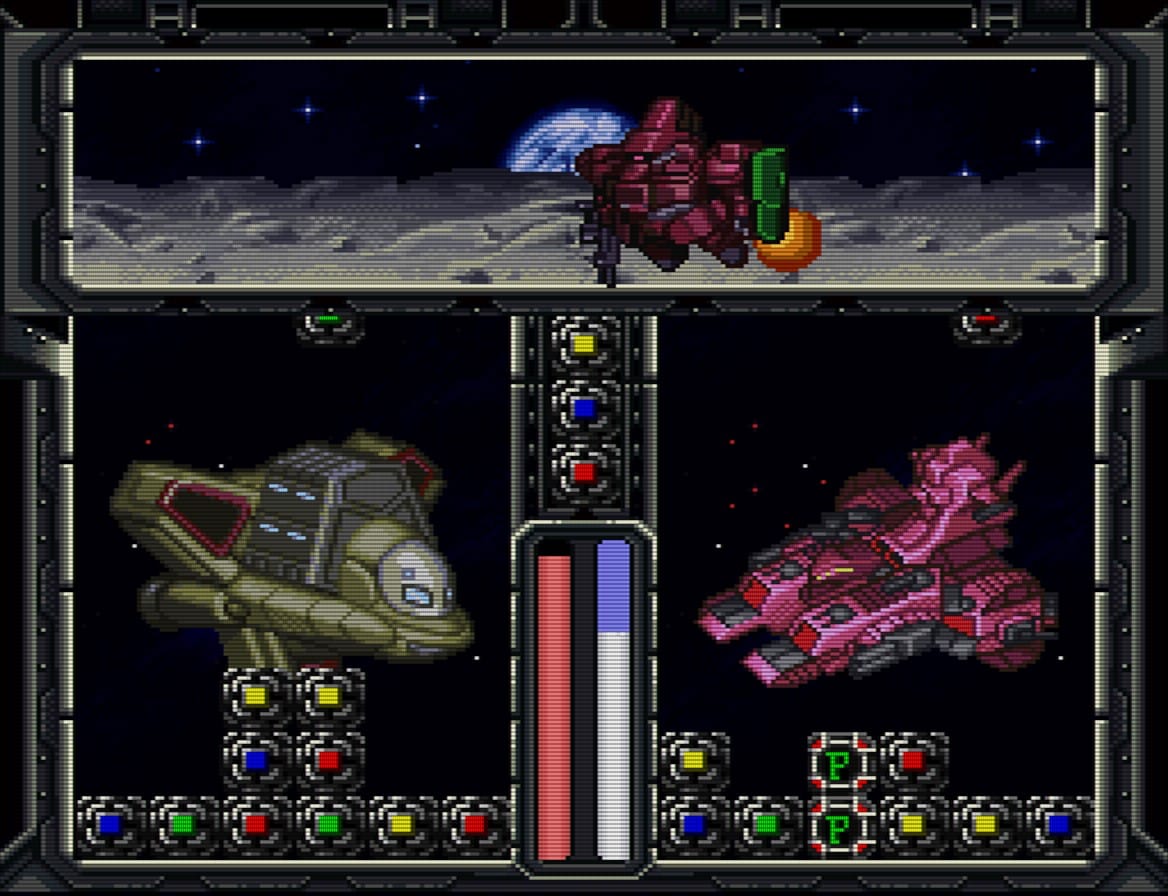
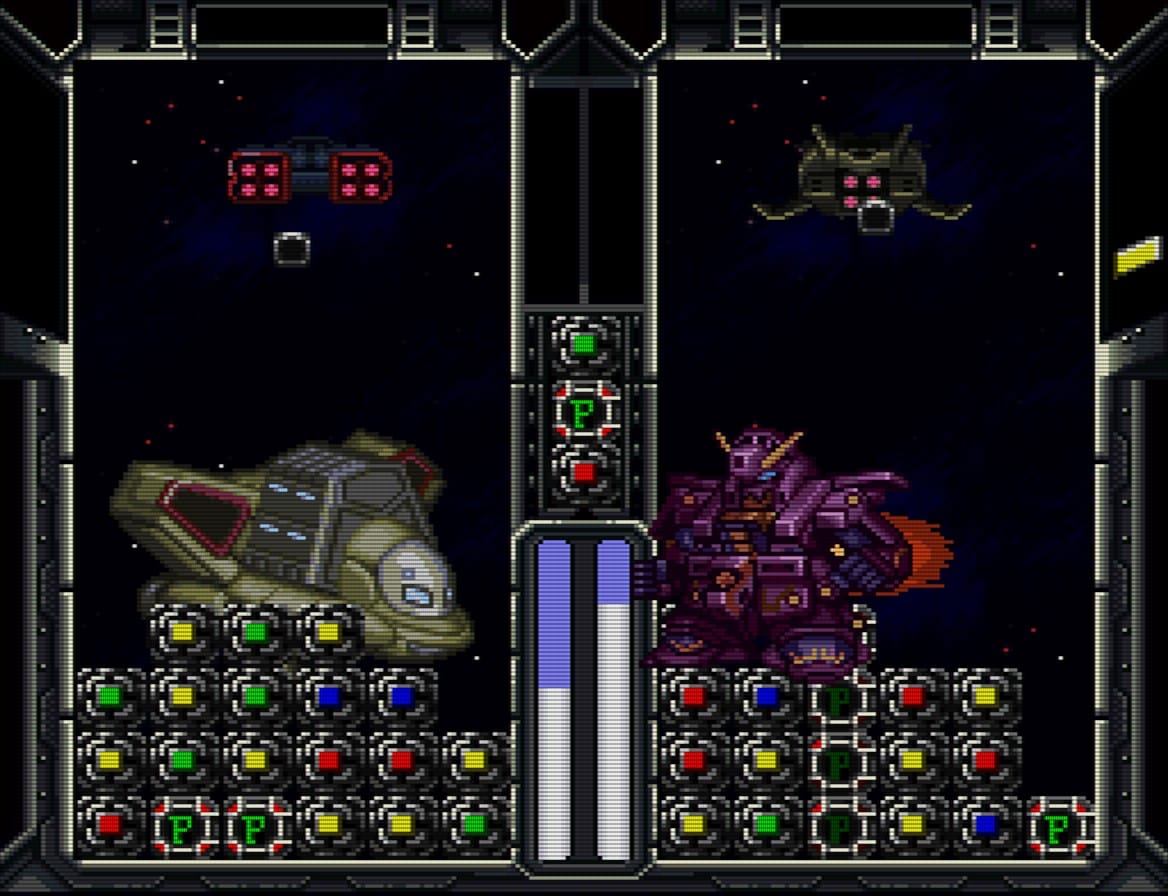
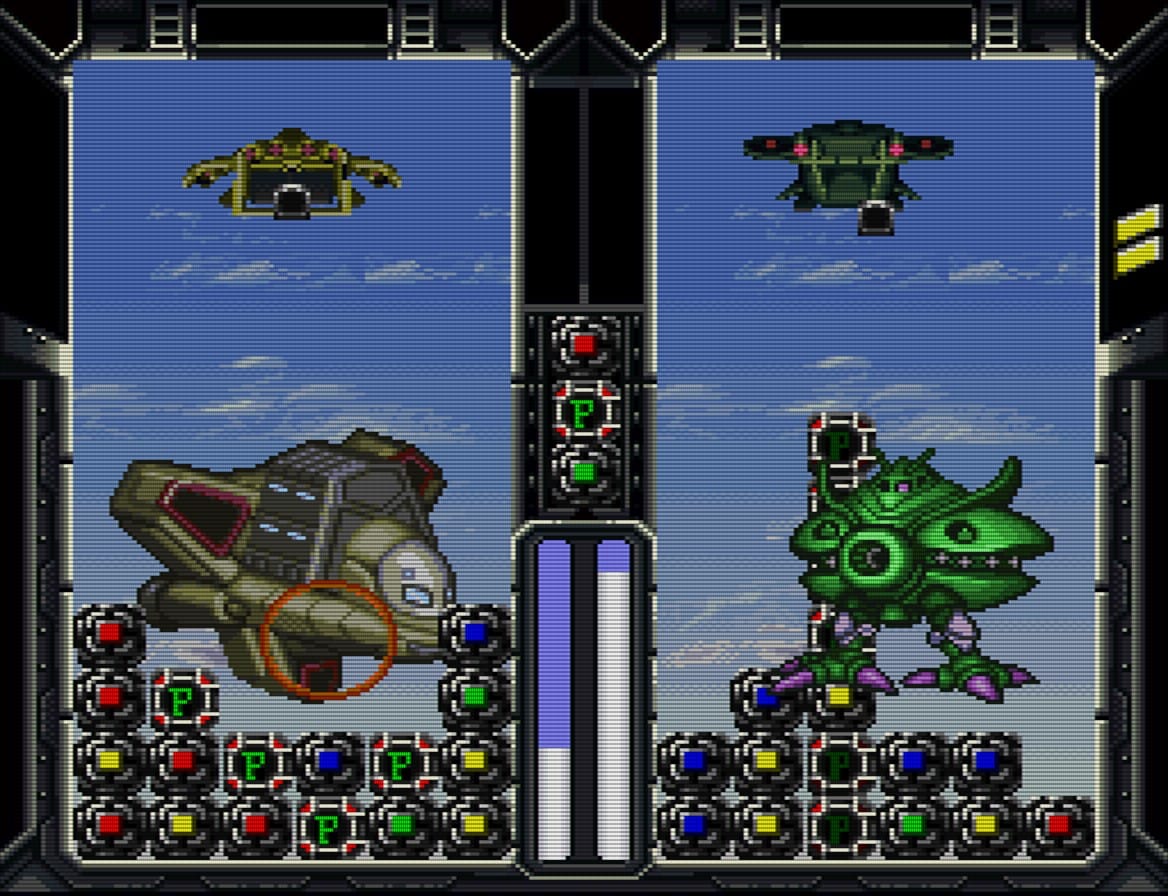
Emulate it on: Ares
There are half a dozen SNES emulators you could choose from to play Power Formation Puzzle — you don't have to worry about compatibility with any add-in DSP chips or anything — but I recommend Ares purely for the wealth of built-in shader options at your disposal. It's a cinch to set up, extremely accurate and has dozens of filters to hone the image to whatever specific flavor of CRT you love. – Wes
Mobile Suit Gundam: Zeonic Front (PS2)
Developed by: BEC | Released on: January 15, 2002 | Best MS: Gundam G06 "Mudrock"

"One shot... it destroyed a Zaku with one shot!?" – Char Aznable, Mobile Suit Gundam episode 2 "Destroy Gundam!"
The thing that sets apart Zeonic Front from just about every Gundam game is how grounded it is, and that’s a pun very much intended. Set on Earth during the oft-revisited One Year War, Zeonic Front is a tactical third-person squad shooter that is uniquely committed to grunty ground warfare and portraying MS combat more closely to the source material. A mobile suit may be able to shrug off a few rounds from a machine gun or a slash from a heat hawk, but beam weaponry, bazooka rounds, even a well-placed tank shell to the back can dispatch most in one hit. Minovsky particles, the very phenomenon that makes mobile suits viable, renders radar unreliable, and alternatives like sonar and thermal have their own limitations. Good strategy and surprise are essential when the odds are against you, because an open fight is often quick and lethal.
You control the Midnight Fenrir, a mobile suit unit sent to Earth as part of the Principality of Zeon’s initial invasion forces. In putting the player on the side of the classic Gundam antagonists, Zeonic Front is able to organically ramp up the difficulty with the tide of the war: when Zeon invades, you primarily fight tanks while the Earth Federation is still playing catch-up developing mobile suits. When the RX-78-2 Gundam eventually appears, the Midnight Fenrir find themselves on the periphery of several major battles from the original series. Once Zeon forces start evacuating Earth, the situation becomes increasingly desperate as you fight to secure escape routes. In a show of restraint that’s characteristic of this game, the Midnight Fenrir never receive any super prototypes like the Efreet or even a later production model like the Gelgoog to gain a decisive edge. It’s ground-pounding grunts all the way down, and the only new super prototype that appears is actually your unit’s nemesis: the RX-78-6 Gundam "Mudrock."
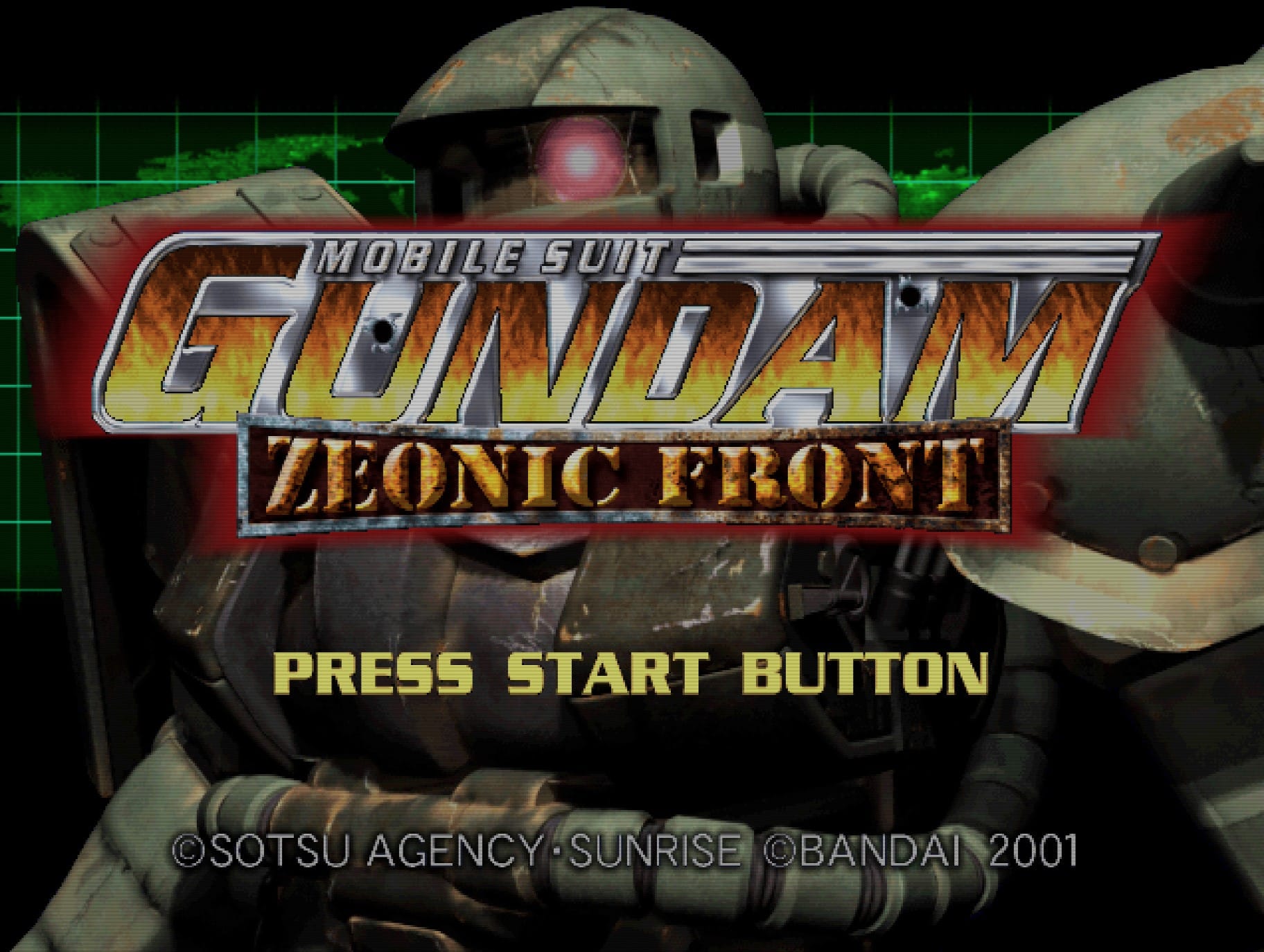
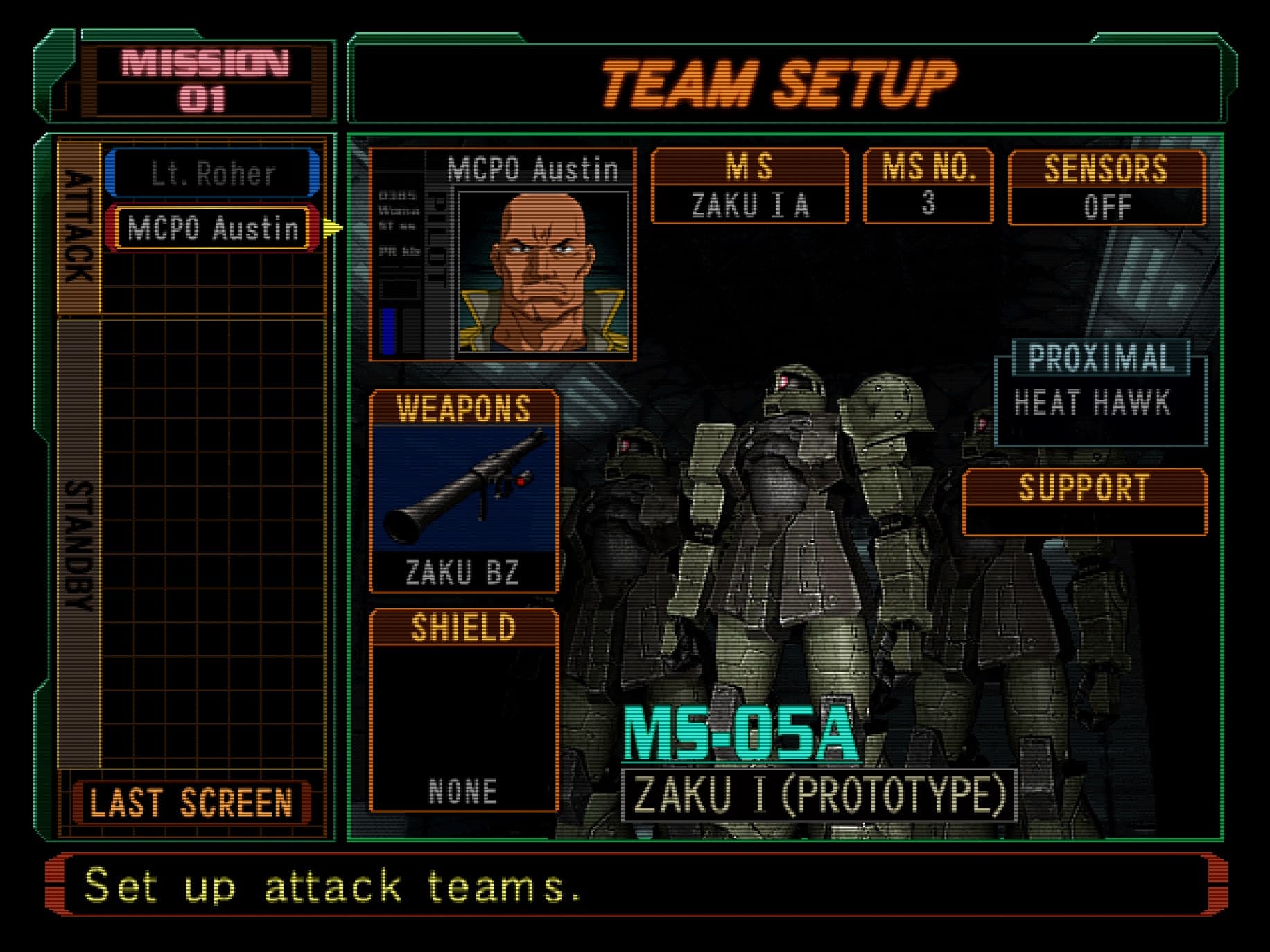
Before each mission begins you assign 1-3 pilots to lead teams, each with their own unique selection of mobile suits and support equipment. Many missions allow you to get advice from the various Fenrir members before heading out, complete with full voice acting. You can then use information you gain from the mission briefing and pilot advice to help plan routes for your teams. This can be as loose or as granular as you like; a lot of the time the default routes are decent, but you can also plan completely new ones, mark waypoints, and assign combat behaviors. During a mission these routes will automatically drive the teams you are not currently controlling, but you can instantly switch to any of the others at will. The computer control is generally fine but it does help to take over if a team gets in trouble, especially since the AI doesn’t like to use support items.
Missions can be unforgiving at times, but in particular I feel I should warn anyone interested about a steep spike in difficulty just before the campaign’s halfway point. In what may be the hardest stage in the entire game, your unit is tasked with gathering data on the White Base and its three mobile suits. This is one of the first times you encounter MS at all, and the mere presence of the infamous Gundam ensures it will be a nightmare for your lowly Zaku and Gouf pilots. It’s very easy to quickly get wiped out here, and if you start to get tired of hearing Amuro count off his kills, here’s a tip: all that’s required to clear the stage is scanning the White Base. You’ll get a bad grade and your CO will point out that it’s the "minimum" data necessary, but you’ll have gotten through what is otherwise a common place to get stuck.
Once you’ve cleared the 13 mission campaign, you haven’t even seen half of what this game has to offer. New game plus allows you to take advantage of the powerful mobile suits and equipment you earned across the initial playthrough, some of which don’t even appear until the final stage — but don’t think this means you can just steamroll the Federation. The second time around is unconcerned with story or continuity, and to even the scales you’ll now be facing fewer tanks and more enemy mobile suits from the likes of The 08th MS Team and Gundam 0080 right from the start. Thankfully though, that White Base recon mission is a lot easier when you can quickly zip around in a Dom and give the Gundam the slip after blinding it with a spray beam.
Simulator mode boasts an additional 33 unlockable missions on top of the campaign, several of which will only appear once you’ve beaten both the normal game and the second playthrough. Here you’ll be able to use classic Zeon aces like Char Aznable alongside the Midnight Fenrir pilots, which feature the English cast reprising their roles from the Ocean dub in the American version. You’ll even get a chance to use Gundams and GMs once you earn Federation missions, and eventually unlock some familiar Feddie characters as well. Of course, it wouldn’t be Zeonic Front if the power of a Gundam suddenly made things easy for you, so Federation stages tend to put you up against an onslaught of Zeon MS. If you want a fun challenge, try taking some of these on in a Guntank.
If I’m being honest, of all the games I’m profiling here the idea of revisiting Zeonic Front was the only one that made me nervous. Despite long considering it a personal favorite and one of the best Gundam games ever made, according to my old PS2 memory card there’s a chance the last time I’d actually played through it was just over 20 years ago. I’m happy to report that I didn’t need to be worried: Zeonic Front holds up tremendously and is still every bit as good as I remembered it.
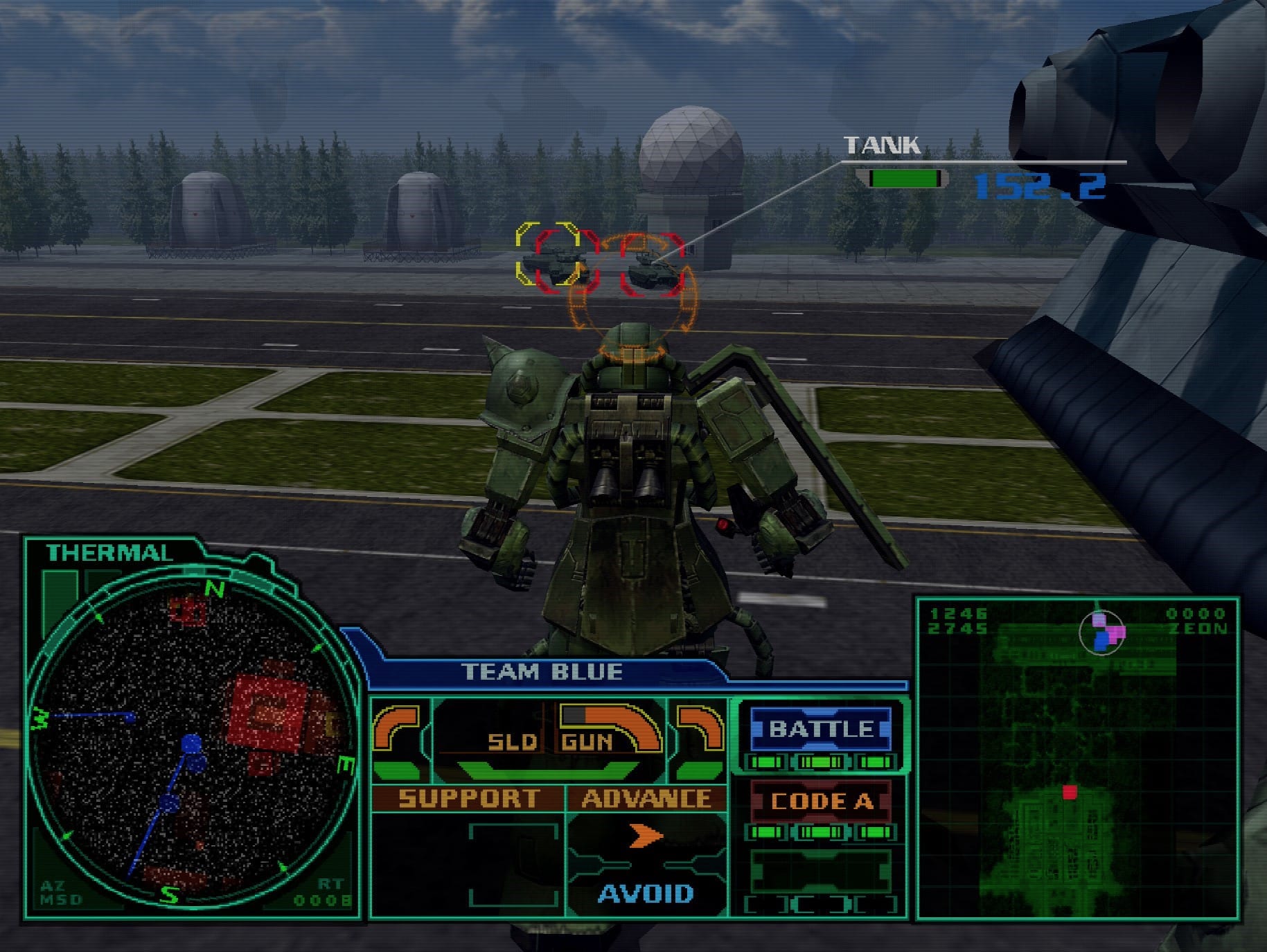
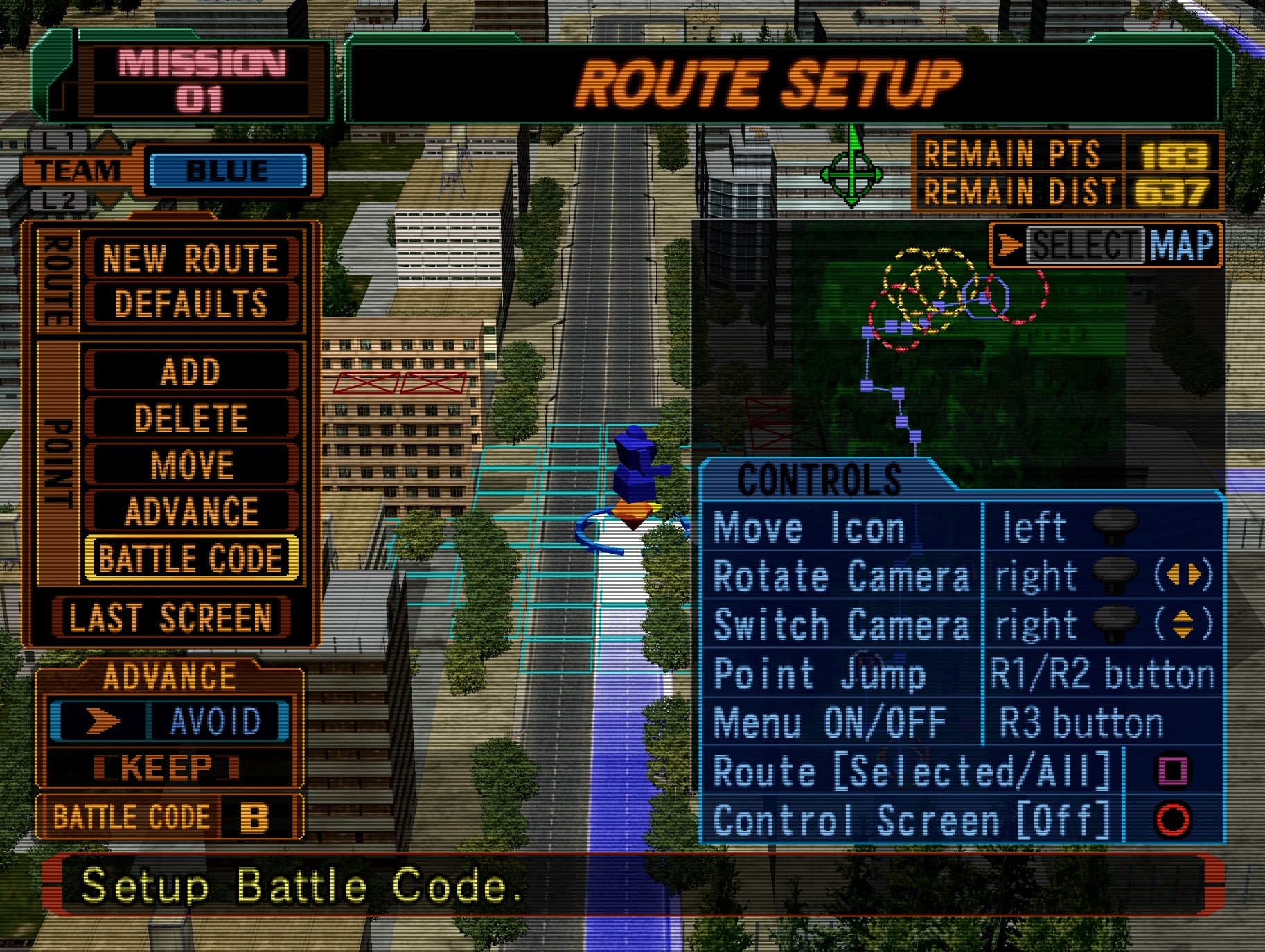
Emulate it on: PCSX2
Zeonic Front cleans up nicely on PCSX2, especially with a scanline filter applied via the emulator's post-processing settings. I think they really gel with the UI, which is visually my favorite thing about Zeonic Front. There are no compatibility issues of note here, though you will briefly see some visual garbage between loading screens. Thankfully the glitches don't pop up while you're playing! If you want to really get into the strategic planning but save yourself some time, consider throwing down a save state after each planning phase to see how your routes pan out. – Wes
